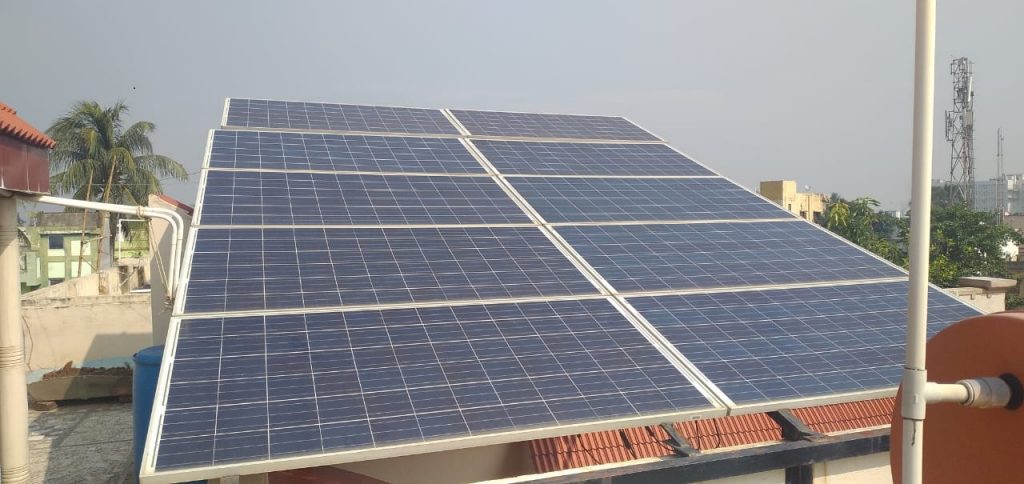Bhubaneswar: National Pollution Control Day is observed December 2 every year in remembrance of those who lost their lives in the Bhopal Gas tragedy when the deadly gas, methyl isocyanate, leaked out of the Union Carbide plant on the intervening night of December 2 and 3 in 1984.
The day is observed to spread awareness about pollution and its disastrous consequences.
Among all sources of energy, solar power is one of the best ways to reduce pollution, including water and air pollution. Solar power does much more than just saving money on energy bills. Increased use of solar power is one way to significantly diminish water pollution caused by coal and oil-fired power plants.
Similarly, solar energy production does not contribute to release of greenhouse gases into the
atmosphere. According to sources, Odisha government is taking a slew of measures to promote solar energy and the Odisha Renewable Energy Policy, 2016 sets a target of generating 2,200MW additional solar power by 2022. This includes rooftop and other non-land based solar projects.
For states like Odisha, which is prone to cyclone, rooftop solar panel system installation helps in generating electricity when conventional power remains cut off for weeks.
Urban planner Piyush Ranjan Rout, who has been using 1-KW off-grid solar panel since 2011, said, “Rooftop solar is handy. It helped us during natural disasters such as Cyclone Fani and in other emergencies. We now have plans to expand it so as to make it climate smart. I wish every other household and real estate developer invest in climate neutrality by installing solar projects.”
JK Rath, an industrialist who had installed 3KW rooftop solar power system in 2018, said, ”You can get your investment back within five years. Five years ago, I was paying a monthly electricity bill of around `4,500-5,000. When I installed a solar geyser, the bill got reduced by `600-800 a month.”
Many institutions in the city like Unit VIII DAV School, Xavier University and others have installed rooftop solar power system. Unit VIII DAV School officials spoke about generation of 80 per cent of their energy need from rooftop solar panels.
Jayant Sahoo, an engineer at SolarSack, said, “People understand that solar power helps in reducing carbon emission as well as energy bills. People in Capital city usually prefer on-grid system to off-grid system. We have seen 20-30 per cent of the city population shifting to solar power. We also provide 30-40 per cent subsidy on individual solar projects.”
Odisha Renewable Energy Development Agency (OREDA) joint director Ashok Choudhary said, “Bhubaneswar is one of the 60 cities identified by the Ministry of New and Renewable Energy for Solar City project. We are preparing a concept note which will be submitted to the Energy department.”
He also said the state government with assistance from the Centre is working hard to make Konark India’s first ever zero emission town by September 2022.
The government agencies involved in the work claimed that several aspects of the project have already been completed.
HARNESSING SUNRAYS
Solar power is harnessed using solar photovoltaic (PV) technology that converts sunlight (solar radiation) into electricity by using semiconductors. When the sun hits the semiconductor within PV cell, electrons are freed and bus bars collect the running electrons which results in electric current. Solar energy also slashes electricity bills upto 50% and has long life of upto 25 years. The two types of solar power system which are normally used are: On-grid solar power system/grid interactive system and off-grid solar power system/standalone system.
Arindam Ganguly, OP
